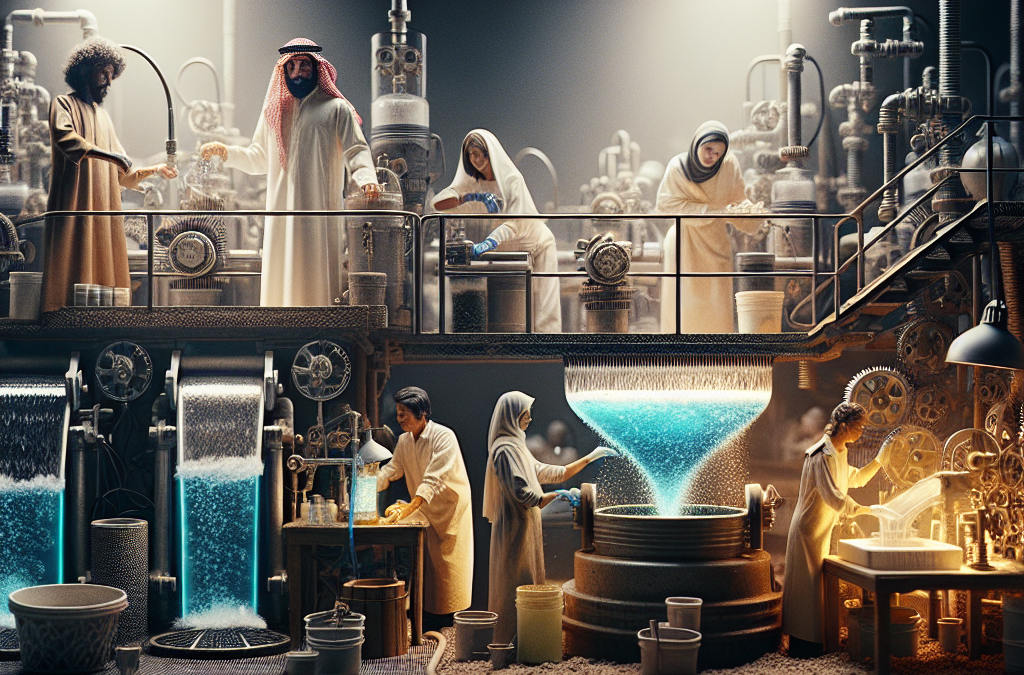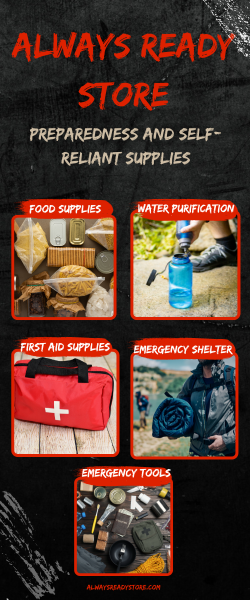Water is an essential part of our lives, but what happens when it becomes contaminated? It’s a serious issue that affects millions globally. Today, I’m here to share some personal insights and techniques that I’ve picked up over the years on purifying contaminated water. Let’s dive right in!
Filtration Techniques
Understanding the Basics of Filtration
First things first, let’s talk about what filtration really means. Basically, it’s the process of removing particles from water by using a barrier. This can be anything from a simple cloth to advanced filters. I’ve often found myself using a homemade coffee filter in a pinch. It’s amazing how effective a basic cloth can be in clearing up cloudy water!
Now, when we talk filtration, we’re really looking at various methods suited to different water sources. In my experience, gravity filters are super handy. You set them up, and they do the work for you while you’re busy with other tasks—like brewing a cup of tea!
Another method I’ve tried is using sand and gravel layers. It’s kinda cool to see nature’s way of cleaning water mirrored in our DIY efforts! Setting this up in a bucket was surprisingly rewarding, and it provided me with clean water for days.
Boiling Water
The Age-Old Method
Boiling water is one of the oldest techniques known to humanity—and for a good reason! I remember my camping trips where boiling our drinking water was a must. Just bring that water to a rolling boil for about 3 to 5 minutes, and voila! You’ve killed off most pathogens, bacteria, and parasites. It’s definitely an essential skill to take along on outdoor adventures.
However, keep in mind that this method may not remove chemical contaminants. So, if you’re dealing with heavily polluted options, boiling is more like a safety net. It’s reliable but not foolproof. I usually complement it with other techniques, just to be safe!
Thank you for reading this post, don't forget to subscribe NOW for FREE!
Plus, the whole process of watching the bubbles form and feeling reassured that you’re getting your water hot enough can be quite soothing. Just make sure you have a good pot, or you might be running into issues when it’s time to pour it out!
Chemical Treatment
Cleansing with Chemicals
I’ve found that chemical treatments are a game-changer. Water purification tablets, which usually contain chlorine or iodine, are my go-to when I’m in a bind or traveling. Simply drop one of those tablets in and wait a bit. It completely takes the worry out of drinking from questionable sources!
However, I advise checking the instructions on your tablets. Different brands might require different waiting times. I’ve had my fair share of hasty decisions, and believe me, nobody wants to deal with the fallout of not waiting long enough—yikes!
Another option I’ve dabbled with is using household bleach. It’s not the most glamorous option, but it’s effective! Just remember to dilute it properly! I can’t stress that enough—too much bleach can turn your water into a swimming pool. Fun for a swim, but not for sipping!
Solar Water Disinfection
Harnessing Sunlight
This one’s a unique method that really highlights how nature can be our ally. You simply fill clear plastic bottles with contaminated water and leave them in direct sunlight for a few hours. I learned about this technique from a friend who spent time in a region where clean water was scarce. It actually works, and I’ve tried it during summer picnics.
What’s fascinating about this method is that UV rays from the sun help kill microorganisms. It’s an eco-friendly way of ensuring you stay hydrated without burning a hole in your pocket.
However, I’ve made the mistake of underestimating the time required. Make sure you leave your bottles out long enough; don’t just assume an hour will do the trick! The longer, the better—sunlight is your homie in this case.
Reverse Osmosis
The High-Tech Approach
Now, reverse osmosis is where things get a bit more technical—yet, it’s super effective! This method uses a semipermeable membrane to remove ions, molecules, and larger particles from water. I’ve been fortunate enough to have access to a reverse osmosis water filter at home, and let me tell you, it’s a game changer! Having that access to clean water on a daily basis is a luxury I don’t take lightly.
While it’s not a method for the everyday person on a camping trip, it’s invaluable for home use. Setting it up can require a bit of effort, but once it’s working, you can just sit back and enjoy your fresh water. I often joke that it’s like having a personal chef, but for water!
But remember, maintenance is key! You have to change those filters regularly, or else all that hard work is for naught. I learned that the hard way with some funky-tasting water—definitely not something you want to sip on!
Frequently Asked Questions
What is the best method for purifying water at home?
The best method often depends on your specific needs. For everyday use, reverse osmosis is great for ensuring clean water. However, boiling and chemical treatments are also reliable options for emergency situations.
Can sunlight really purify water?
Absolutely! Solar disinfection is effective, especially in sunny climates. Just remember, it requires clear bottles and ample sunlight exposure to work its magic.
What should I do if the water looks clean but smells bad?
If water smells bad, it could indicate chemical contamination you can’t see. In such cases, it’s best to boil or use chemical treatments to purify it. Trust your senses!
Is it safe to use bleach for water purification?
Yes, but you must follow dilution guidelines carefully. Too much bleach can make your water unsafe to drink. Always measure accurately!
How often should I maintain my water purification system?
Maintenance frequency generally depends on the system you use. However, it’s a good practice to check filters monthly and replace them according to the manufacturer’s recommendations.
I hope these techniques truly empower you to tackle any water purification challenge you might face. Remember, clean water is key to good health, and with these methods, you can ensure that you and your loved ones stay hydrated and safe!






